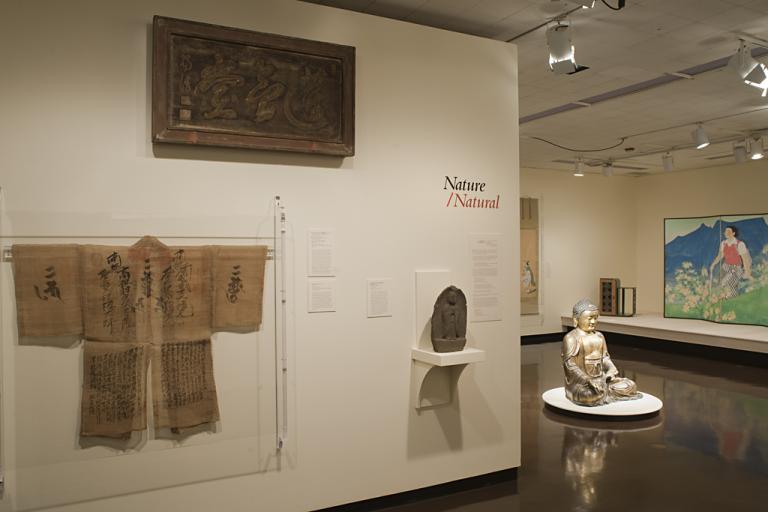Konosato of Echizenya composing a letter, Suzuki Harunobu
Artwork Overview
Suzuki Harunobu, artist
circa 1725–1770
Konosato of Echizenya composing a letter,
1770, Edo period (1600–1868)
Portfolio/Series title: Yoshiwara bijin awase (Comparison of Yoshiwara Beauties)
Where object was made: Japan
Material/technique: color woodcut
Dimensions:
Image Dimensions Height/Width (Height x Width): 215.9 x 150.8 mm
Sheet/Paper Dimensions (Height x Width): 266.7 x 177.8 mm
Image Dimensions Height/Width (Height x Width): 8 1/2 x 5 15/16 in
Sheet/Paper Dimensions (Height x Width): 10 1/2 x 7 in
Mat Dimensions (Height x Width): 19 x 14 in
Image Dimensions Height/Width (Height x Width): 215.9 x 150.8 mm
Sheet/Paper Dimensions (Height x Width): 266.7 x 177.8 mm
Image Dimensions Height/Width (Height x Width): 8 1/2 x 5 15/16 in
Sheet/Paper Dimensions (Height x Width): 10 1/2 x 7 in
Mat Dimensions (Height x Width): 19 x 14 in
Credit line: Gift of Rose K. Auerbach
Accession number: 1967.0017
Not on display
If you wish to reproduce this image, please submit an image request



